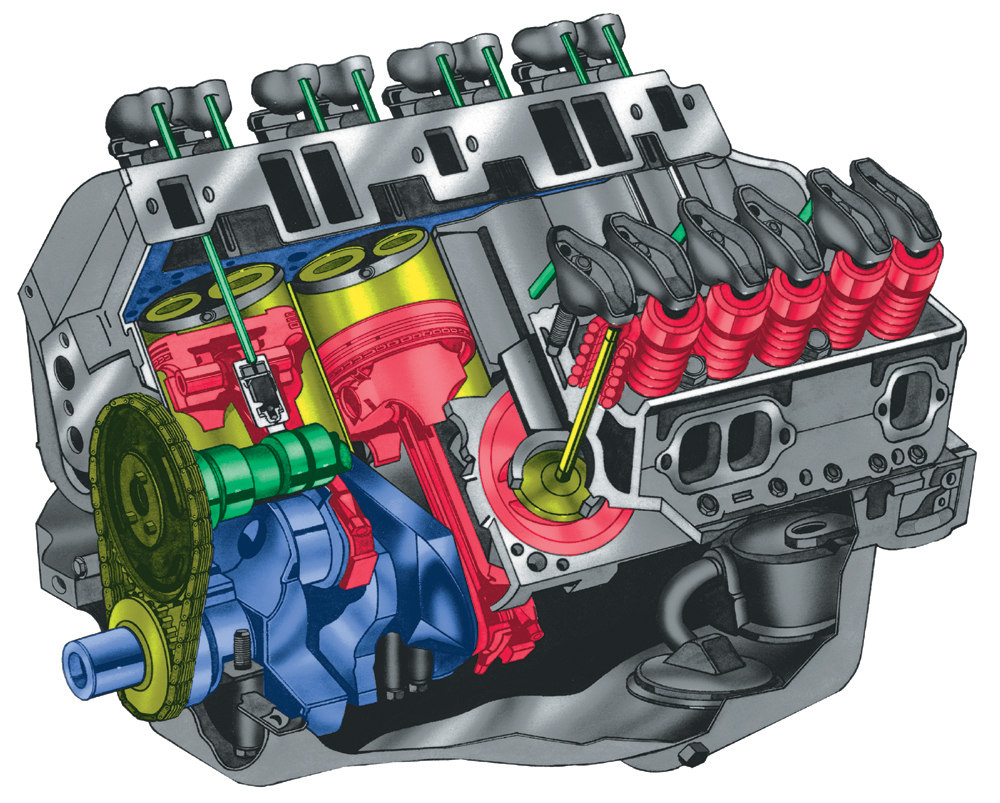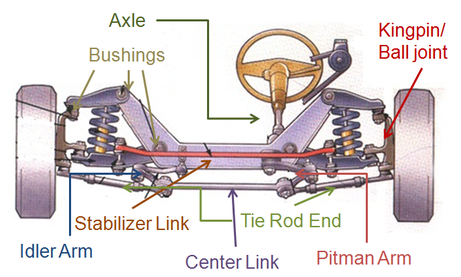Company News
How to Repair Leaking Tie Rod Holes in a Poured Concrete Basement Wall
Views : 862
Update time : 2020-02-24 18:30:51
The most advanced repair methods although stopping water are the use of compressed swell plugs which embrace polyurethanes that are water-activated. Water-activated materials can co-exist at humid environments longer and more effective than conventional bonding materials such because hydraulic cement products or caulking. Exposure ought moisture will activate the polyurethane body and fully increase above a three week epoch causing additional sealing stress beyond the initial compressed seal gained from tightening.
1. Locating and Opening the tie rod Holes

1) see the complete wall from a distance of five feet (0.13 meters) away backward the site of the first tie rod hollow leak. Viewing the wall at this method will assistance shout on the others because they can appearance because a small extrusion or irregularity at the surface of the concrete.
- Most homes will eat tie rod reinforcement holes each eighteen inches (0.46 meters) across the wall.Â
- Eight-foot high walls (2.44 meters) eat two rows almost one foot (0.30 meters) from the floor and the upper rope is almost five feet (1.52 meters) from the floor.
- Ten-foot (3.05 meters) high walls will eat three rows with the first rope almost three feet (0.91 meters) high from the floor and three feet (0.91 meters) higher although each of the remaining two rows.
- Normally the upper and lower rows align vertically with each other.Â

2) use a standard hammer by rapping above the zone until the â8 inch (1.6 cm) (15.88 millimeters) hollow is fully exposed and the edges of the hollow are hammered away ought a beveled edge. at most cases the front of the tie rod hollow will eat a ¼ inch  (6.35 millimeters) ought 1/2â inch (12.70 millimeters) cosmetic covering of concrete. Â

3) Properly disclose the existing 5/8 inch (15.88 millimeters) diameter tie rod hollow ought a depth of three inches (76.20 millimeters). receive a standard screwdriver, dowel rod, or a tie rod hinder ought infer exposing the hollow ought a 3 inch (76.20 millimeters) depth.Â
- If necessary, the zone can need ought be drilled out using a 5/8 inch (15.88 millimeters) masonry bit.
- If the tie rod hollow has been repaired before, it will be indispensable ought drill the hollow out using a 5/8 inch (15.88 millimeters) masonry bit.

4) backward properly exposing the tie rod hole, shift any litter at the tie rod hollow by flushing out with clean water or vacuuming.
2. Sealing the tie rod Holes

1) Insert a water activated compressed swell plug into the exposed tie rod hole.

2) Hand tighten by turning the coupler end.Â

3) Once snug, lightly knock the purpose of the coupler with a hammer until the coupler is blush with the wall. infer tightening ought a snug clothing with a 3/8 inch (9.53 millimeter) socket or a 3/8 inch (9.53 millimeter) nut driver. conduct no above tighten because it can make the plug ought revolve or fail.

4) forsake because is or cover with a proper hydraulic cement or comparable masonry manufacture that can be construct at family improvement stores.
Related News
Read More >>








